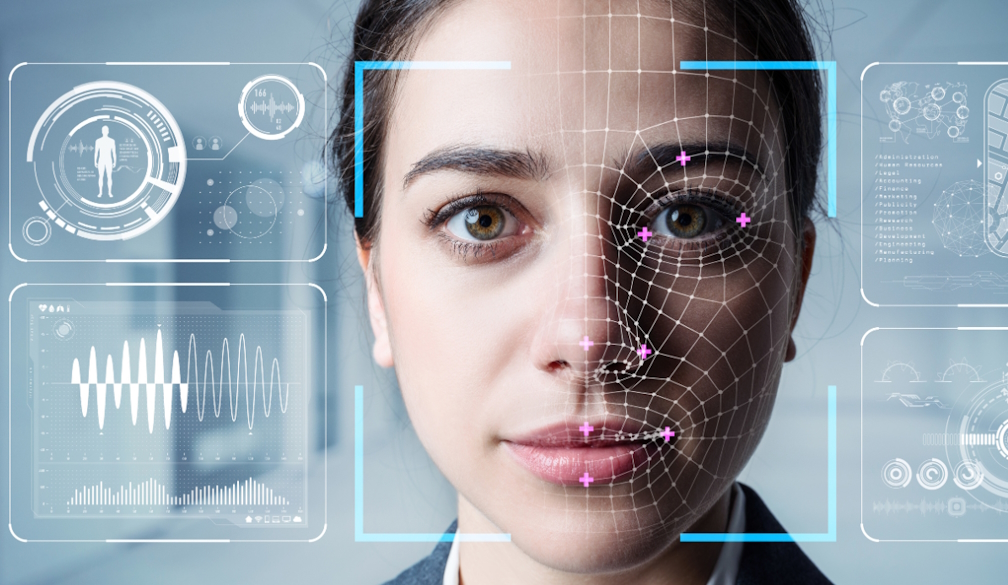Beware of bad customers – and 3 other ways small and medium businesses can thrive in 2025
- Written by Antje Fiedler, Senior Lecturer, Management and International Business, University of Auckland, Waipapa Taumata Rau

There is no denying times have been tough[1] for small and medium-sized businesses, and 2025 is not looking that much better[2].
Gross domestic product per capita is continuing to decline in both Australia[3] and New Zealand[4]. Company liquidations are on the rise, hitting a ten-year high[5] in New Zealand and nearing an 11-year high[6] in Australia.
And while consumer confidence has inched up[7], it’s still below the long-term average.
But even in this tough economic climate, there are ways small and medium-sized businesses can improve their prospects in 2025.
A fresh look at customers
While it is tempting to chase all revenue in a downturn, it can come at a cost[8]. This is particularly the case when businesses overextend resources, acquire less profitable customers or over-invest in marketing.
Bad customers[9] – those who don’t pay, don’t know what they want, are not loyal, constantly demand exceptions or who engage in aggressive or abusive behaviour – can kill profitability in a business.
Small businesses can also lose money when emulating the marketing strategies of large firms, such as offering freebies[10] or discounts[11].
Rather than investing significant effort in finding new customers, businesses can benefit from retaining existing customers. Research[12] on earlier economic crises found a 5% increase in customer retention produces more than a 25% increase in profit.
Businesses need to better understand their most profitable customers — those who pay in full, on time and provide repeat business.
This means asking questions such as: “what do these customers value and could we get more of them?”
Indeed, businesses might first have to shrink by losing bad customers before becoming more profitable by targeting good ones[13].
A fresh look at the competition
Businesses also need to recognise they are not alone. Surviving 2025 might require a focus on collaboration rather than competition. Doing so could be the difference between closing and making it to 2026.
Collaborating with another business[14] could mean sharing costs or the opportunity to pitch for a larger project.
These types of opportunities are easily dismissed when the economic climate is strong. But during an economic downturn, collaboration could mean the difference between surviving or not.
Other competitors might be looking at winding down. Every business has some “crown jewels” — key assets, employees or customers. These jewels become greatly undervalued if the business is dissolved.
Bluntly put, there might be a bargain or a great customer to secure from competitors who are on their way out.
A fresh look at digitalisation
Many businesses have delayed investments in technology as they try to weather the economic slowdown. This means there are often unrealised efficiency gains[15] from digitalisation, or new sales channels[16], such as TikTok[17], Facebook[18] and other social media platforms.
Digitalisation helps small and medium-sized businesses[19] to respond to crises, such as enabling cost savings and growth to increase chances of survival[20].
Artificial intelligence (AI), in particular, has significant potential[21] to help small businesses bridge gaps in content creation, insights and productivity.
Although the Australian[22] and New Zealand[23] governments have begun supporting AI transition for small and medium-sized businesses, overall buy-in remains cautious.
Half of small and medium enterprises[24] in both countries have yet to adopt AI. So while AI holds the potential[25] to level the playing field and drive productivity by equipping these businesses with tools and capabilities typically reserved for large firms, it may deepen the divide.
Digitalisation can also increase flexibility and spark an entrepreneurial mindset. As employees of large companies return to the office in droves, some skilled and entrepreneurial employees seek opportunities to maintain the freedom of remote work[26].
Hiring this talent creates a win-win: working for your business can help them to hone their skills, while their skills can yield a competitive edge[27] for your business.
These shifts can help businesses attract and keep talent, and reduce the need for physical assets.
A fresh look at oneself
How a business performs in a crisis is determined by the quality of its management. The value of good management[28] is often underestimated. It lies in doing the basics well: setting clear goals, monitoring progress and encouraging performance.
A crisis is the perfect time to take a fresh look at customers, competition and costs. Leaders need to examine what their blind spots are so the business doesn’t fall short at the management level.
Personal success in business depends on achieving balance across work, home, community and self. What matters most to me? Where do I see the business in three years? Where do I see myself?
Taking the time to think about these questions is vital — not just for your business, but for you.
References
- ^ times have been tough (theconversation.com)
- ^ not looking that much better (theconversation.com)
- ^ Australia (australiainstitute.org.au)
- ^ New Zealand (www.nzherald.co.nz)
- ^ ten-year high (www.thepress.co.nz)
- ^ 11-year high (www.reuters.com)
- ^ consumer confidence has inched up (www.rnz.co.nz)
- ^ can come at a cost (cmr.berkeley.edu)
- ^ Bad customers (www.waldenu.edu)
- ^ freebies (www.inc.com)
- ^ discounts (thespinoff.co.nz)
- ^ Research (media.bain.com)
- ^ targeting good ones (www.forbes.com)
- ^ Collaborating with another business (www.chaserhq.com)
- ^ efficiency gains (nzbusiness.co.nz)
- ^ sales channels (my.nzte.govt.nz)
- ^ TikTok (www.washingtonpost.com)
- ^ Facebook (www.business.com)
- ^ helps small and medium-sized businesses (www.weforum.org)
- ^ survival (www.oecd.org)
- ^ significant potential (hbr.org)
- ^ Australian (www.industry.gov.au)
- ^ New Zealand (www.beehive.govt.nz)
- ^ small and medium enterprises (itbrief.co.nz)
- ^ potential (www.forbes.com)
- ^ freedom of remote work (www.forbes.com)
- ^ competitive edge (markknd.medium.com)
- ^ good management (hbr.org)

















